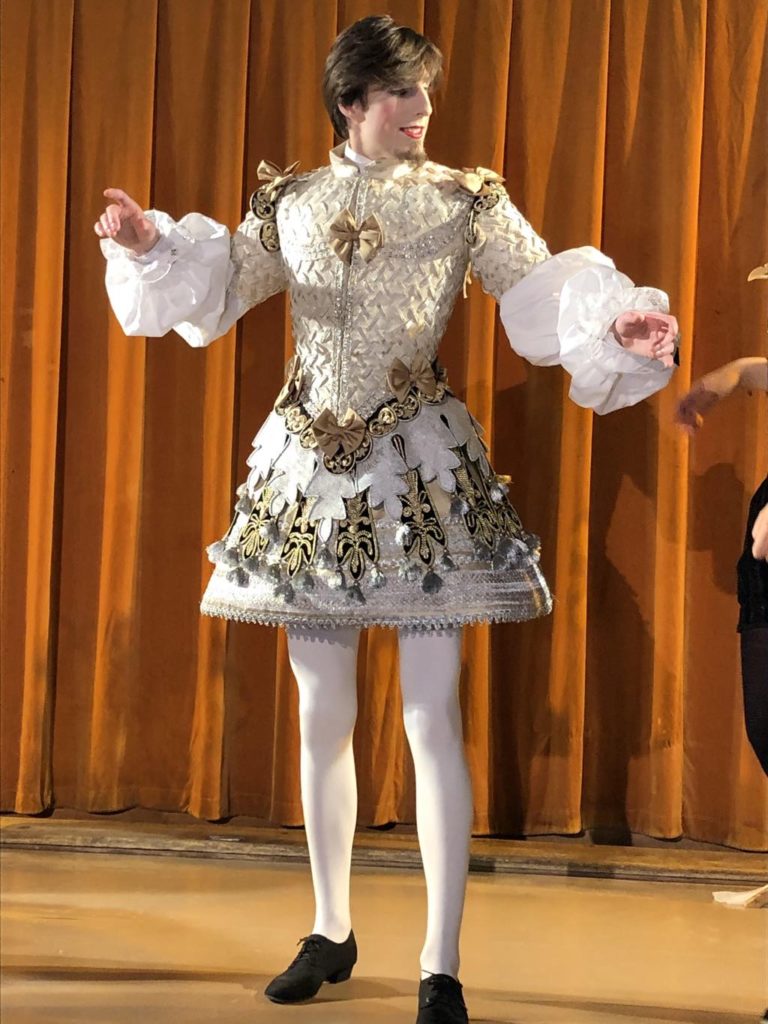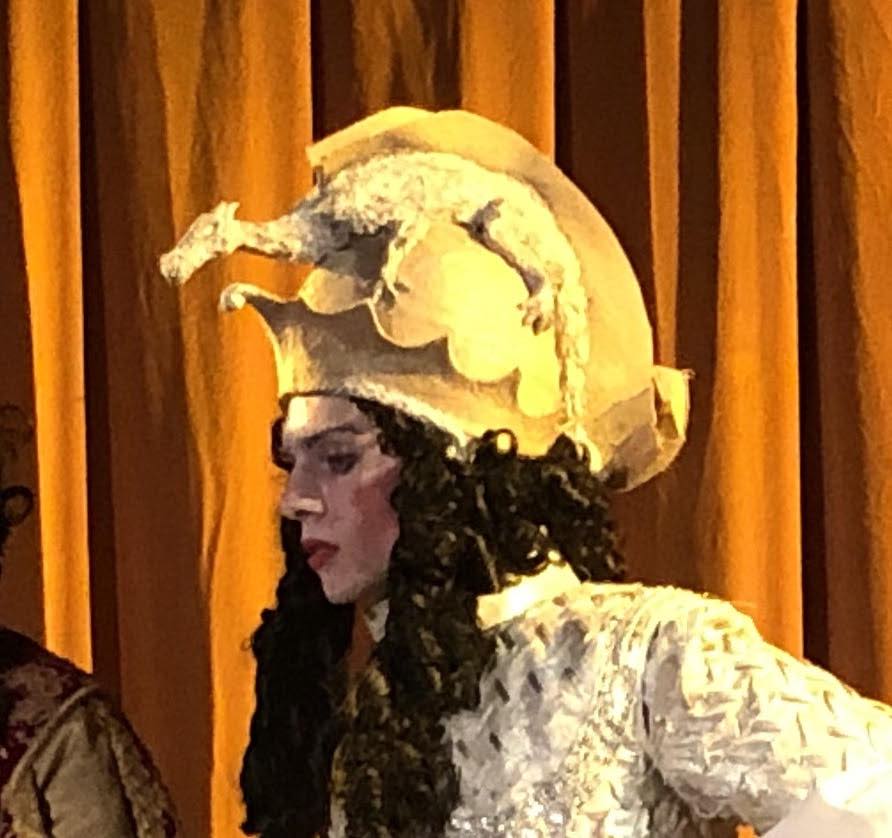
Jean Racine’s first major theatrical success, Andromaque, has been much on my mind in recent months, as a book of essays on the play that I co-edited was published recently. It was, therefore, a particular delight to be able to attend a production of the tragedy given by the Théâtre Molière Sorbonne on the Jussieu campus of the Sorbonne.
Formed by the scholar Georges Forestier (the editor of the prestigious Pléiade volumes of both Racine and Molière), this troupe of student actors stages historically informed productions of 17th-century plays that allow us to reconsider performance practices. By studying acting manuals from the time, with very precise advice on styles of gesture and declamation, and by attempting to re-create original pronunciation, the company has managed to breathe new life into well-known plays that all too often are given modern productions that take more inspiration from turgid 19th-century traditions than from earlier methods.
Théâtre Molière Sorbonne also works in conjunction with various schools of costume design and embroidery. The lavish, historically informed costumes for this production showed just how wildly anachronistic 17th-century theatrical costumes were. No attempt is made to mimic clothing from ancient Greece (in the environs of which Andromaque is set).
As for the performance of the play itself, all the actors were accomplished and, on the whole, had mastered the idiom and pronunciation. At first, the style of delivery and gestures made me think that they were more appropriate to comedy than tragedy; one of the funniest Molière plays I have seen was the historically informed production of Le Bourgeois Gentilhomme by Le Poème Harmonique (available on YouTube). However, as the piece progressed, the gestures began to feel less mannered than integral to the tragic effect. Similarly, the language took on a beauty of its own, making some of the speeches particularly moving, such as Andromaque’s harrowing account of the horrors of the Trojan War in Act III (“Songe, songe, Céphise, à cette nuit cruelle”).
In such a line-up of excellent actors, it is perhaps invidious to single any out, but Élisabeth Houpert in the title role was movingly understated and dignified, Raphaël Robert as Pyrrhus was suitably mercurial, and Alexandre Michaud’s performance of Oreste’s descent into madness at the end was touchingly portrayed and even anticipated earlier in the play. Actors playing the supporting roles of confidants in Racine’s theater are rarely mentioned, but Matthieu Franchin in the role of Pylade, Oreste’s confidant, gave a particularly fluent and nuanced performance.
The only element missing from this excellent production was a re-creation or re-imagining of the original set and lighting designs (plays were usually performed by candlelight). In the less than ideal Jussieu auditorium, the background was left blank, aside from two screens behind which actors stood before making their entries. Perhaps a collaboration with schools of set design might be in order for future ventures?
Those interested in seeing this production of Andromaque will have the chance on February 3 in the Amphithéâtre Richelieu de la Sorbonne (17 rue de la Sorbonne). Tickets (very reasonably priced) are available here.
Favorite
